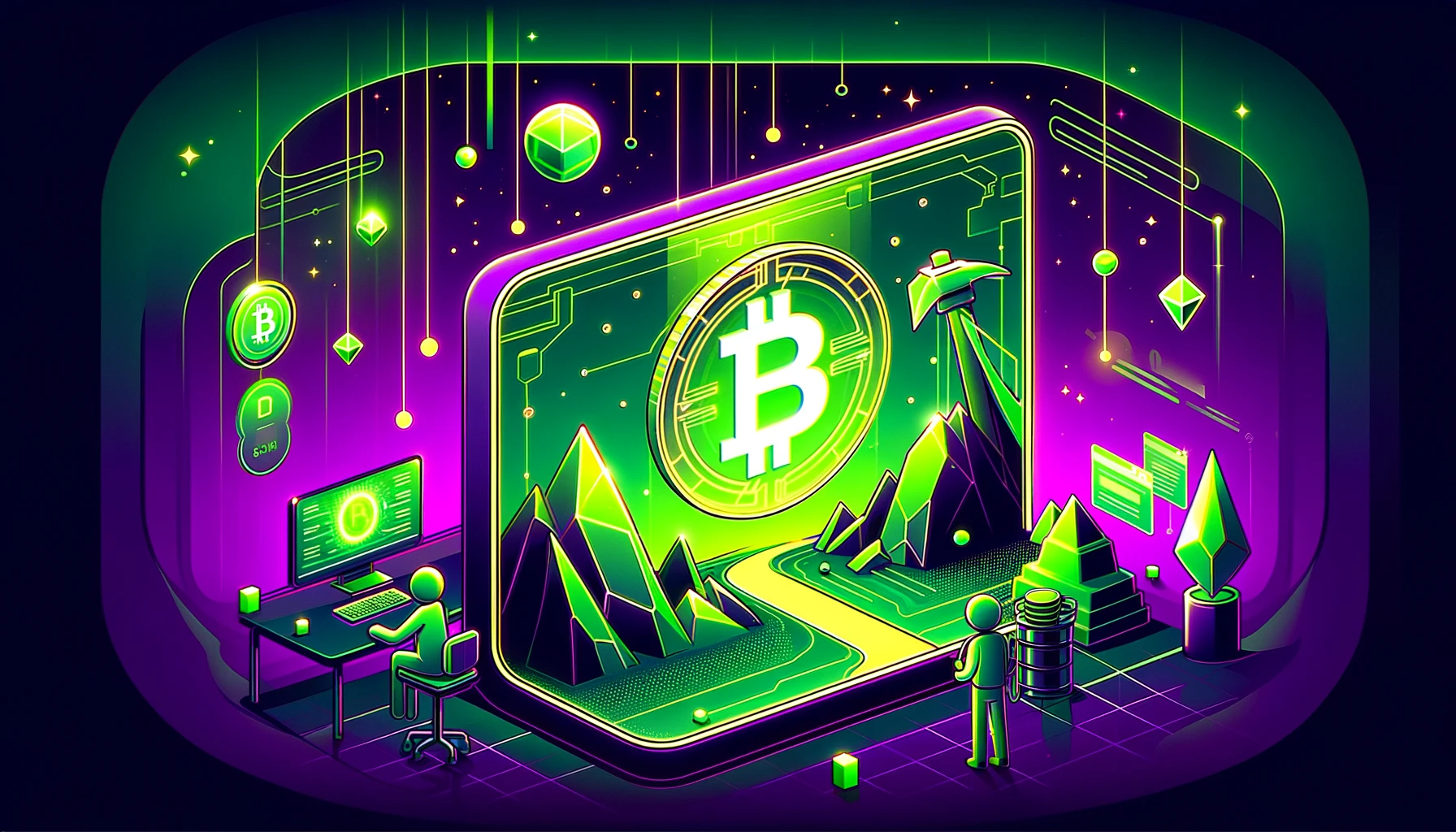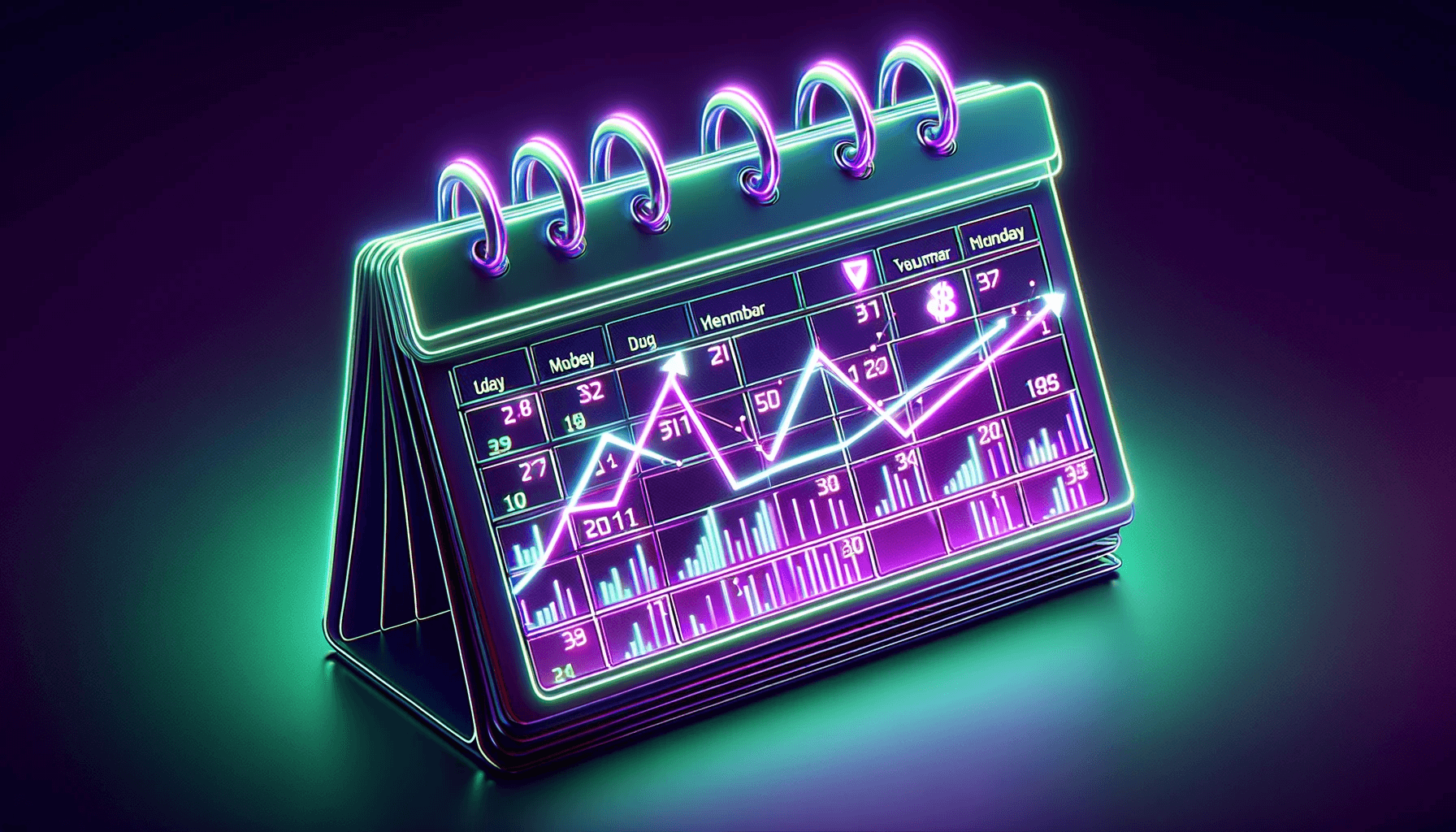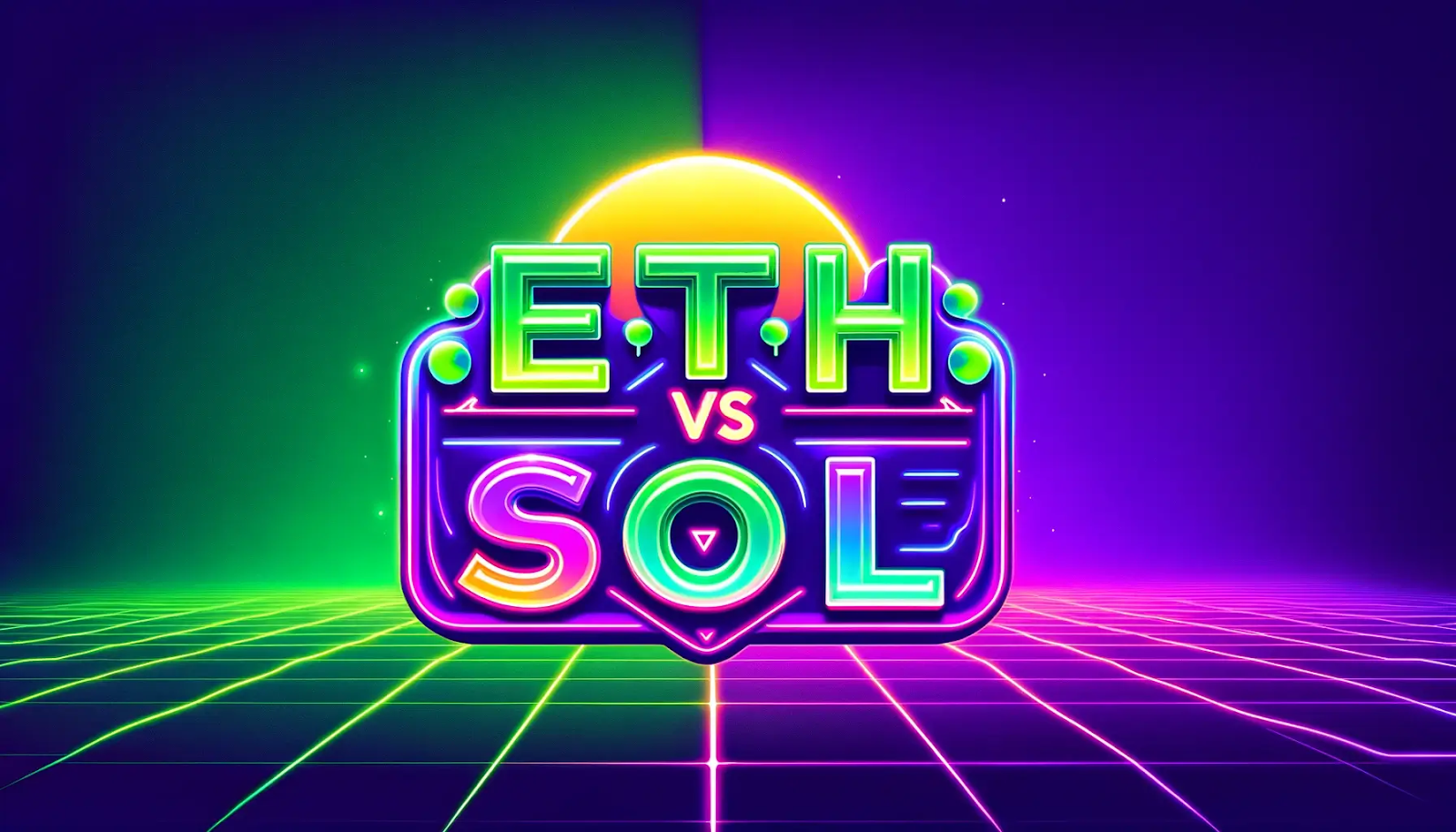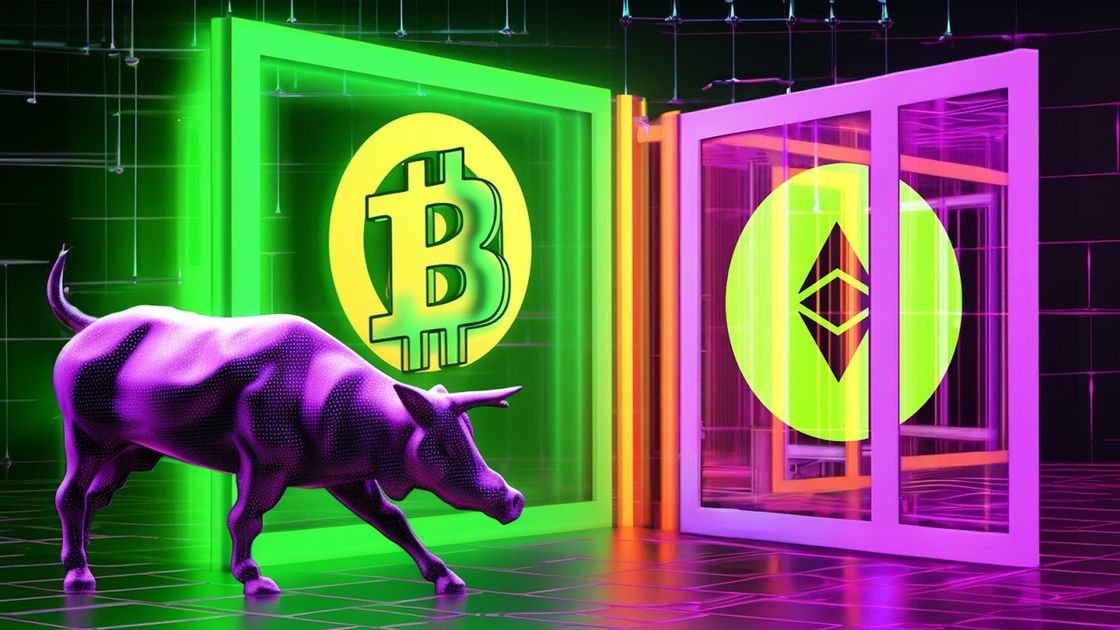
Litecoin is a peer-to-peer network cryptocurrency, forked from Bitcoin in 2011, making it one of the oldest cryptos still existing to date. It is the second cryptocurrency created after Bitcoin and is almost similar to its predecessor except for a few adjustments. This cryptocurrency operates under a decentralized protocol, meaning no one controls it.
Litecoin was created as an alternative to Bitcoin, especially when people wanted to get into crypto but were discouraged by slow transaction times. Charlie Lee decided to create LTC to solve this and other issues like mining ownership. Litecoin uses a different hashing algorithm called Scrypt, whereas Bitcoin uses SHA-256. Scrypt was chosen to make mining more accessible to a broader range of hardware; preventing mining centralization which was an issue with Bitcoin.
Who Created Litecoin (LTC)?
The history of Litecoin is quite straightforward. It was created by a computer scientist named Charlie Lee in 2011, who previously worked as a developer at Google. Since he already had a strong background in coding, Lee decided to create Litecoin after being intrigued by Bitcoin.
The scientist says he didn't create Litecoin as a competitor to Bitcoin but rather as something that can be used for smaller and faster crypto transactions. On Oct 12, 2011, Lee created the first set of Litecoins (150 coins) and launched them on GitHub. Twelve years later, Litecoin has grown in popularity and is still one of the biggest coins according to market cap today, even with the emergence of hundreds of new projects after it.
Is Litecoin Better than Bitcoin?
Litecoin was created from a hard Bitcoin fork and is often called ‘digital silver’ compared to Bitcoin, the 'digital gold.' Let's see how LTC compares to its predecessor looking at three critical areas.
-
Speed: Litecoin transactions are generally faster (2.5 minutes) than Bitcoin's (10 minutes). People prefer to use networks that take up less time, so Litecoin is a clear winner here.
-
Market perception: Bitcoin is still the most popular cryptocurrency to date. Its adoption and unique use case makes it impossible for even Litecoin to beat. Even among newer generation projects, litecoin is not mentioned much in the crypto space.
-
Supply: Bitcoin’s total supply is capped at 21 million coins, while Litecoin’s supply is four times that. This could mean that Bitcoin still beats Litecoin’s price over the long run, although Litecoin transactions would remain much easier to process.
Overall, Bitcoin is still better than Litecoin, with the latter only having a clear edge over Bitcoin in transaction speed. This is mainly due to its supply, a faster block generation rate, and the use of ‘Scrypt’ as a proof of work scheme.
What is The Total Supply of Litecoin?
The total supply of Litecoin is restricted to 84 million coins. This means that once 84 million Litecoins have been mined, no new Litecoins will be created, maintaining its scarcity over time. It has a supply of 73.5 million coins, so there is still some time left for miners to make money. However, periodic Litecoin halving will continue to reduce these rewards.
What Happens During Litecoin Halving?
During a Litecoin halving, miners' reward for verifying and adding blocks to the LTC blockchain is slashed in two. Why? This halving is necessary to regulate the amount of Litecoins that are mined regularly.
When the reward gets smaller for any blockchain (every 4 years for LTC), fewer miners would be involved in the network leading to a smaller supply. And with a smaller supply comes a price increase, provided people get more interested in buying Litecoin. Litecoin still has some upsides that attract investors and crypto enthusiasts.
Pros and Cons of Litecoin
Just like every other cryptocurrency, Litecoin has its pros and cons. As you'll see, its pros are some things that have kept it afloat, while its cons, like weak branding, have limited the coin's potential.
Pros:
-
Open-source:
Litecoin's open-source model encourages collaboration, as anyone can view and modify its code. It's a peer-to-peer network for a reason.
-
Dynamic
For a coin that's more than a decade old, Litecoin has made some exciting improvements to its protocol, such as the Segregated Witness (Segwit), which allows LTC blocks to accommodate more transactions per block, and the Lightning Network.
-
Easy and energy-efficient mining
Since all Litecoin coins were not pre-mined initially, people can mine Litecoin from the comfort of their homes and get rewarded for it. LTC also has an energy-efficient mining process that puts less burden on the environment.
Cons:
-
Weak brand:
Litecoin is not highly rated in the crypto community and has failed to remain relevant, even with its huge market cap and solid technology.
-
Founder sold off his coins:
Six years after he created the first Litecoin, Lee sold off all his holdings save for a few physical pieces. A founder selling off his coins doesn't speak well of a project.
-
Tendency to become obsolete:
Litecoin tends to become obsolete, especially now that there are tens of networks faster than it, like Stellar and Solana.
Where and How to Buy LTC
Despite these cons, Litecoin is quite popular and can be found on almost every centralized exchange. Some crypto wallets even allow you to buy Litecoin with your credit card, debit card, or regular money deposited into the wallet.
Here's a list of some crypto exchanges/wallets to buy Litecoin from:
-
Binance
-
Kraken
-
Coinbase
-
BitPay
-
KuCoin
-
Paxful
You can choose to buy Litecoin from any of these exchanges/wallets, but make sure they operate in your region first. If you prefer buying it directly from a seller, you can search for P2P options and negotiate with the seller based on the current market price.
Is Litecoin Still a Good Investment?
It is hard to say what direction Litecoin would go, but generally, the coin looks like it still has a lot of potential, considering its past performance. However, if you are interested in its technology and want to buy it while it is relatively cheap, it might be a smart idea to accumulate LTC gradually over time.
Remember, this is not financial advice. It is for educational purposes only.


















